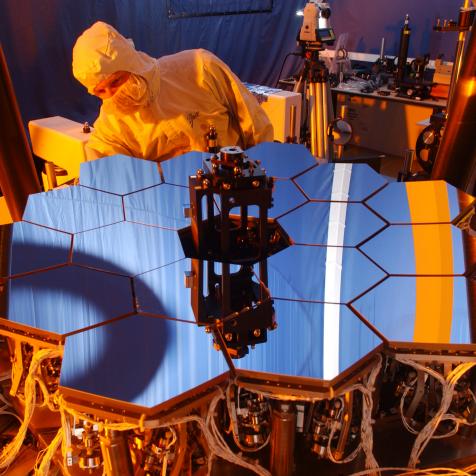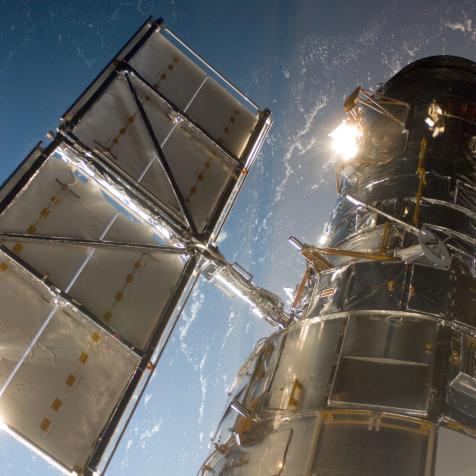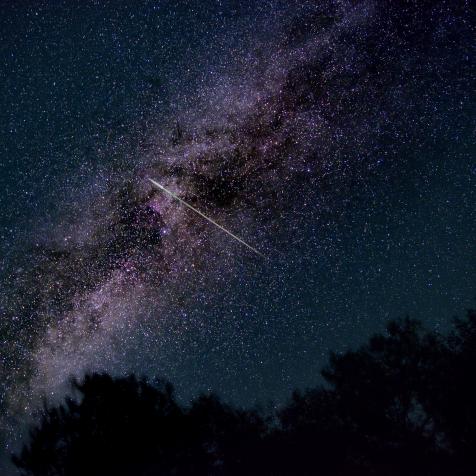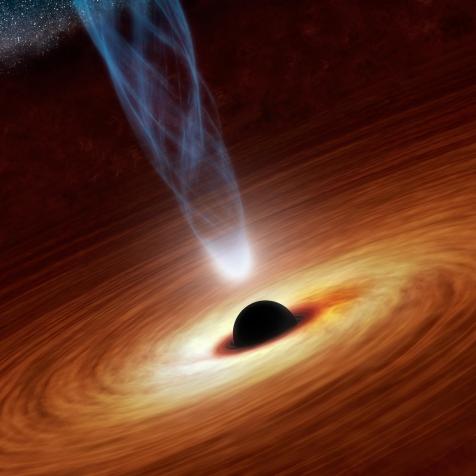
NASA/Hubble
Why Astronomers Care About Super-Old Galaxies?

A long time ago, our universe was dark.
It was just 380,000 years after the big bang. Up until that age, our entire observable cosmos was less than a millionth of its present size. All the material in the universe was compressed into that tiny volume, forcing it to heat up and become a plasma. But as the universe expanded and cooled, eventually the plasma changed into a neutral gas as the first atoms formed.
And at that moment, over 13 billion years ago, the lights went out. Radiation released during the phase transition process quickly cooled and dimmed below the visible range of wavelengths. But although the universe was dark, it was not without movement. Through the ensuing hundreds of millions of years, clumps of matter began to collect, forming ever more prominent and ever denser structures.
And in one hidden corner of the universe, a clump of gas reached the critical temperatures and pressures to ignite nuclear fusion. In that instant, the first star ever began to shine.
It was soon joined by billions more, and as time went on those stars began to collect into the first galaxies. Those galaxies, like our own Milky Way, persist to the present day, where astronomers can study them, and we can gaze upon them in awe and wonder.
And yet, even though we know there was a time before stars and galaxies, and we know that stars and galaxies inhabit the present-day universe, we have no direct observational evidence of the ignition of the first generation. The light from that distant epoch is simply too dim to see.
But that’s where James Webb comes in. That observatory is tuned to detect infrared radiation. The light released from the first galaxies was once as bright and intense as from our own, but over the billions of years, it has dimmed and stretched into the infrared. James Webb is a hunter of those early firstborn galaxies.
.jpg.rend.hgtvcom.861.646.suffix/1660582549242.jpeg)
NASA Goddard
Hence all the excitement as already, barely a month into its first science observation campaign, the James Webb is smashing record after record, finding the youngest known galaxies ever observed.
Those galaxies are like precious baby pictures from a forgotten childhood. We do not currently know how the first stars and galaxies formed; we do not know how quickly or slowly the process unfolded, and what violence or exotic forces accompanied those births. We remain ignorant as to how our own Milky Way came to be so long ago.
The birth of the first stars and galaxies – known poetically to astronomers as the Cosmic Dawn – remains the last major frontier in observational cosmology. And James Webb is leading us into the light.
Dive Deeper into Galaxies
Journey Through the Cosmos in an All-New Season of How the Universe Works
The new season premieres March 24 on Science Channel and streams on discovery+.




















